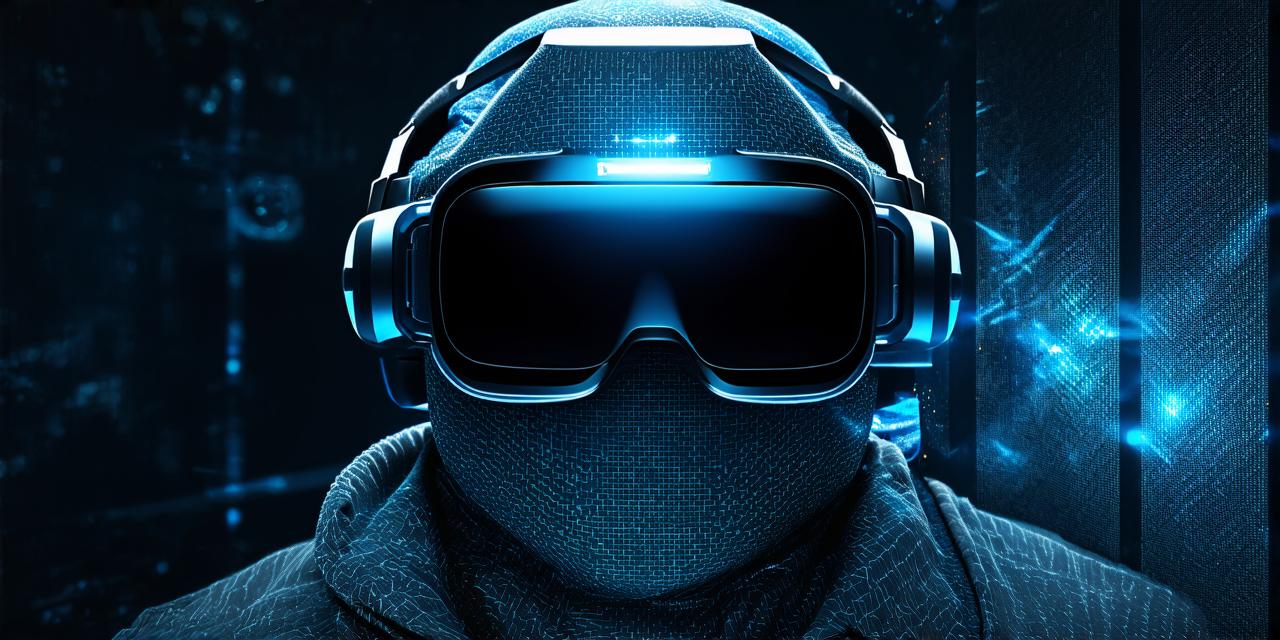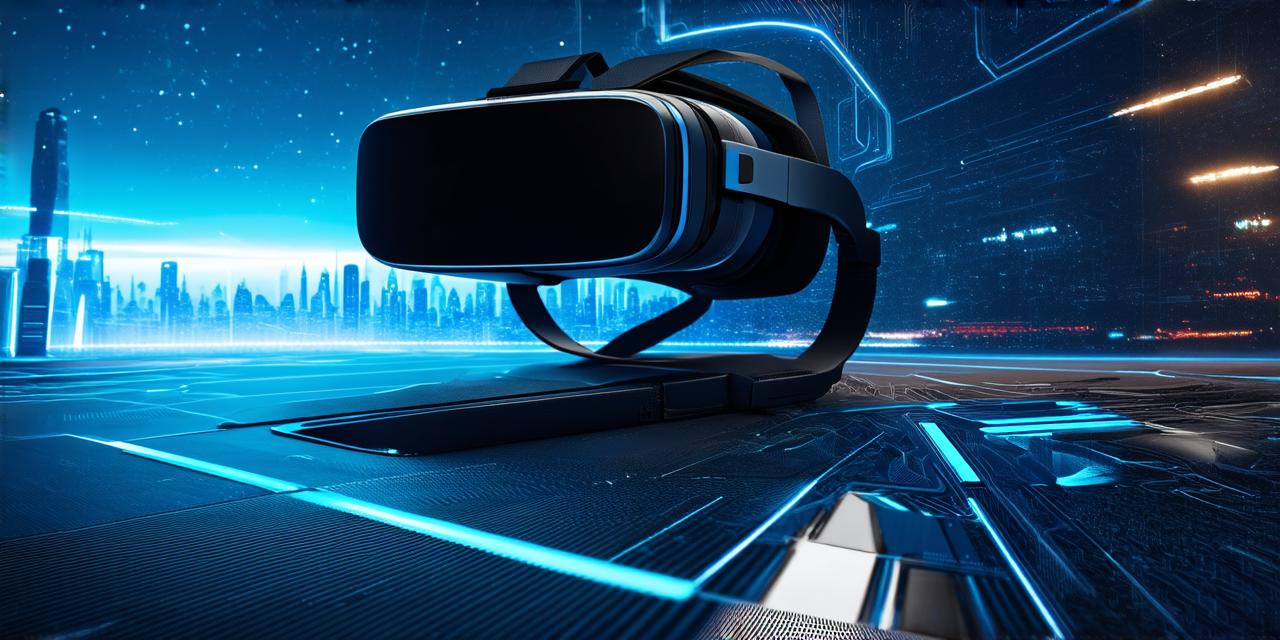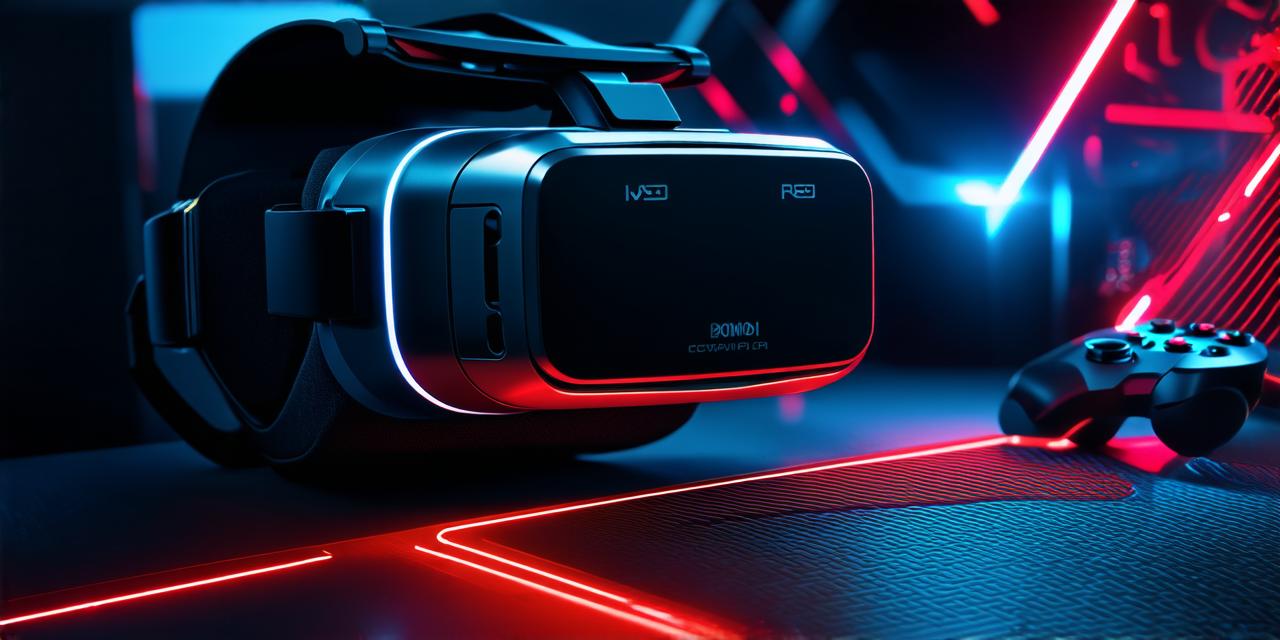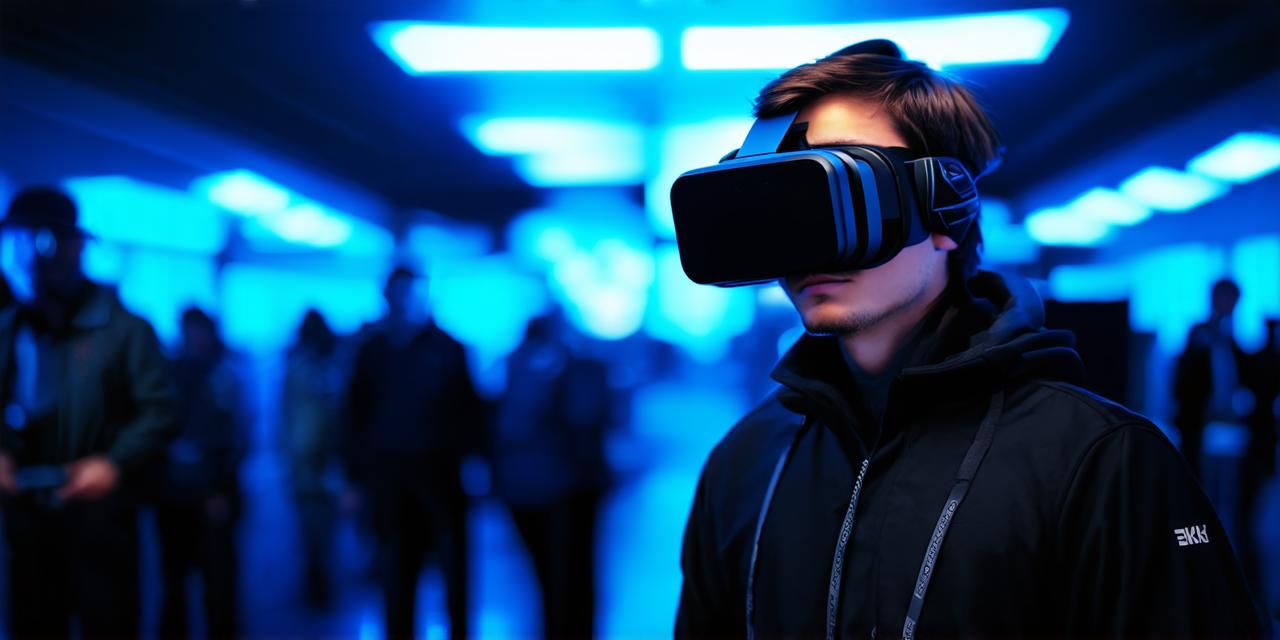In recent years, virtual reality (VR) technology has come a long way from its inception in the 1960s. From simple headsets to fully immersive environments, VR devices have been rapidly advancing and offering more immersive experiences than ever before.
Virtual Reality Technology: A Brief History
VR technology began in the 1960s with simple headsets that provided a limited view of a virtual environment. However, as technology advanced, so did the capabilities of VR devices.
In the 1970s and 1980s, researchers developed systems that allowed users to interact with virtual objects, but these systems were bulky and expensive.
It wasn’t until the early 2000s that consumer-grade VR headsets became affordable and accessible. The Oculus Rift, released in 2012, was a major breakthrough in VR technology, offering a more immersive experience than previous devices.
In recent years, consumer-grade VR headsets like the Oculus Quest 2 have become even more popular, with sleek, lightweight designs and affordable prices.
Advancements in VR Technology
One of the biggest advancements in VR technology is the development of wireless VR headsets. The Oculus Quest 2, for example, allows users to move around and interact with their virtual environment without being tethered to a computer or console.
Another major development in VR technology is the integration of haptic feedback. Haptic feedback allows users to feel physical sensations in their virtual environment, making the experience more immersive and realistic.
For example, some VR headsets now include sensors that can track a user’s hand movements, allowing them to interact with objects in virtual space as if they were real.
As VR technology continues to evolve, we can expect to see even more advancements in the future. Researchers are exploring ways to use VR to treat phobias and anxiety disorders, as well as to enhance training for medical professionals. In fact, some companies are already using VR simulations to train pilots and astronauts.
Virtual Reality in Gaming and Entertainment
VR technology has also found a home in gaming and entertainment. Many popular games now offer VR versions that provide a more immersive experience than traditional gaming consoles.
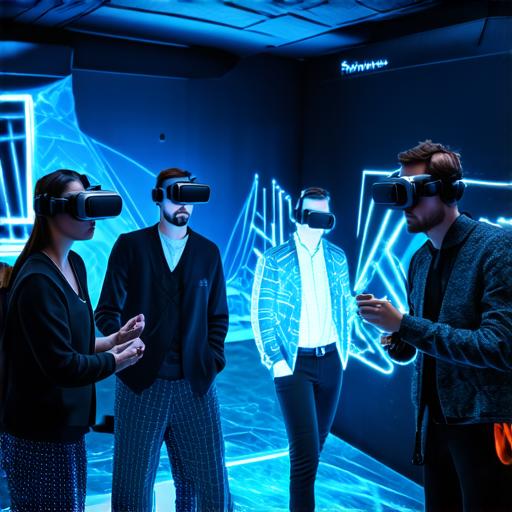
For example, the game “Beat Saber” is designed specifically for VR and offers an incredibly immersive rhythm game experience.
In addition to gaming, VR technology has also found a home in entertainment. Many movies and TV shows are now being filmed in 360-degree video, allowing viewers to experience the action as if they were there themselves. Some theaters have even started offering VR screenings of these movies, providing an even more immersive experience.
Virtual Reality in Education and Training
VR technology is also being used in education and training. For example, medical students can use VR simulations to practice surgeries without risking harm to real patients.
Similarly, pilots can use VR simulations to practice flying in a safe environment before taking to the skies for real.
In addition to practical applications, VR technology is also being used to enhance learning experiences. For example, students can use VR headsets to explore historical events and landmarks as if they were there themselves. This can help students gain a better understanding of history and culture in an engaging and immersive way.
Summary: The Future of Virtual Reality is Bright
Virtual reality technology has come a long way since its early days. From simple headsets to fully immersive environments, VR devices have been rapidly advancing and offering more immersive experiences than ever before.
As we continue to see advancements in haptic feedback and wireless technology, we can expect even more exciting developments in the future of virtual reality. Whether you’re a gamer, educator, or healthcare professional, virtual reality is poised to revolutionize the way we experience and interact with our world.
